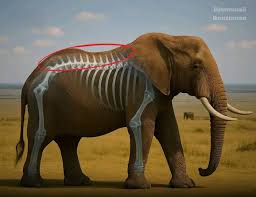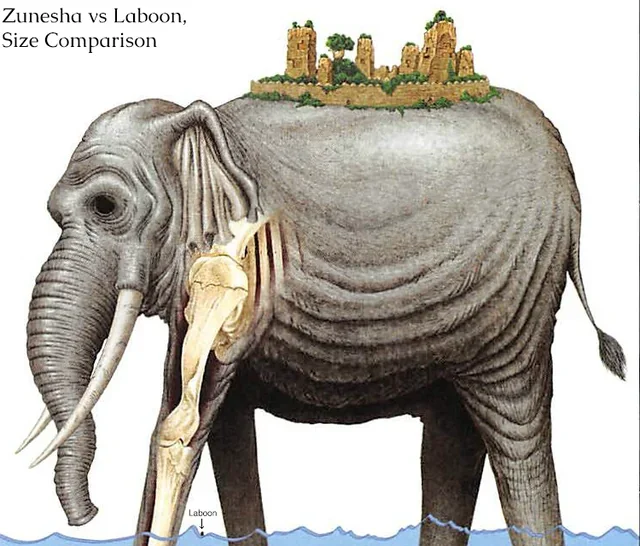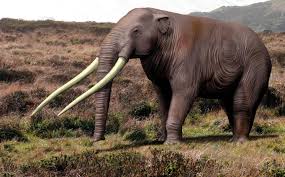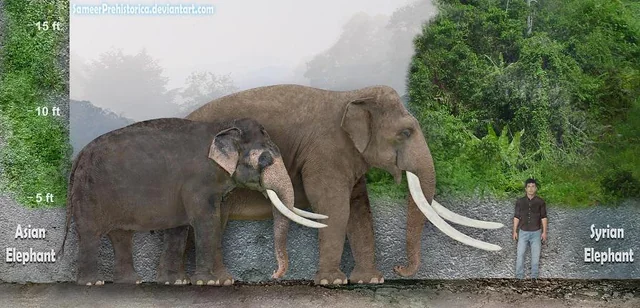The Hidden Cost of Elephant Rides in Tourism

The Hidden Cost of Elephant Rides in Tourism
RELATED VIDEOS :
For many travelers, riding an elephant during a sightseeing tour may seem like a once-in-a-lifetime experience. Yet beneath the surface of this attraction lies a biological reality that reveals a troubling truth: elephants are not built to carry human loads.
Unlike horses or camels, whose spines are naturally adapted to support riders, elephants possess a very different skeletal structure. Beneath their thick skin and dense muscles, their vertebrae extend upward into sharp, bony protrusions. These outgrowths are designed to stabilize the elephant’s massive frame and support its own body weight—not to bear saddles and multiple passengers.
When elephants are used in tourism, the combined weight of rigid saddles and groups of riders presses directly against these sensitive structures. Over time, the pressure causes more than discomfort. Abrasions form where skin and tissue are repeatedly rubbed raw. Internal injuries develop as the bony protrusions absorb unnatural stress. Eventually, this strain can lead to permanent deformities of the spine.
Veterinarians and wildlife specialists warn that such injuries often result in chronic pain, reduced mobility, and lifelong suffering for the animal. What may look like a calm, majestic ride for tourists is, for the elephant, a source of silent agony.
In many destinations where elephant rides remain popular, the risks are rarely explained to visitors. Tourists are encouraged to believe the practice is harmless, or even beneficial, to the animals. Yet scientific studies and conservation reports consistently tell a different story: the physical cost of these rides is severe and lasting.
Wildlife organizations have documented cases where elephants, once used for tourism, were left with crippling spinal damage and constant pain. In sanctuaries where rescued elephants are rehabilitated, caretakers often face the difficult task of managing irreversible injuries caused by years of carrying tourists.
The biology of the elephant makes the conclusion clear. These magnificent animals, symbols of strength and endurance, are not suited to the burden imposed upon them in the name of entertainment. Every ride taken is a small part of a much larger suffering.
As awareness grows, conservationists are urging travelers to reconsider. Ethical alternatives—such as observing elephants in natural sanctuaries, where they can roam freely—offer a way to admire these creatures without inflicting harm.
Tourism may bring joy to visitors, but true respect for elephants lies not in riding them, but in allowing them to live as nature intended: unburdened, unharmed, and free.











